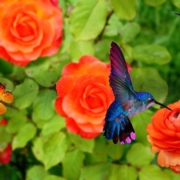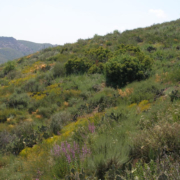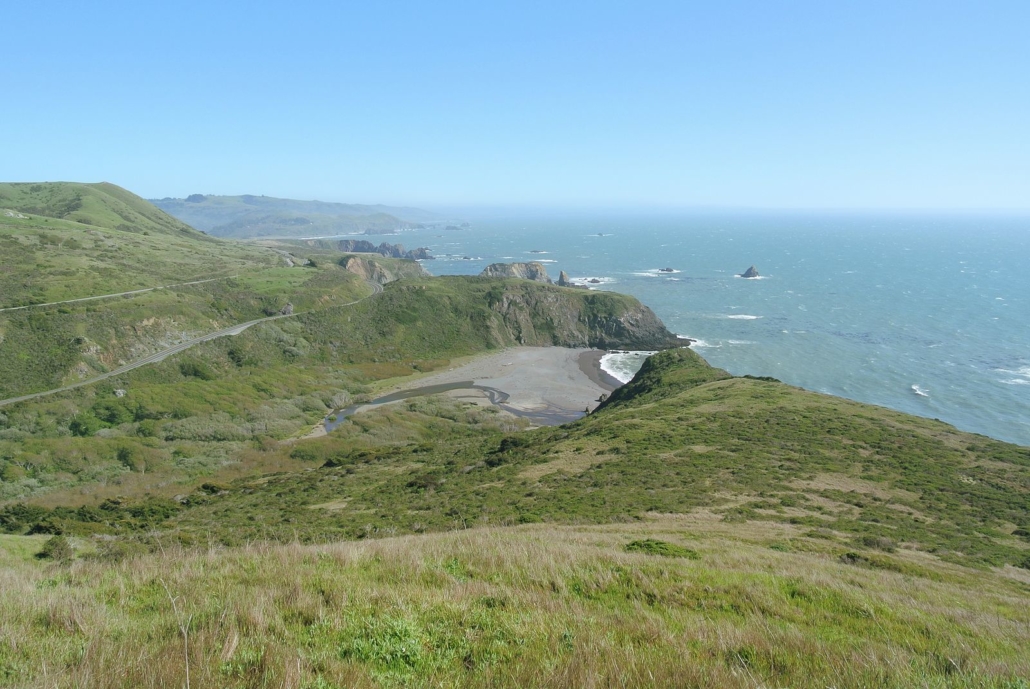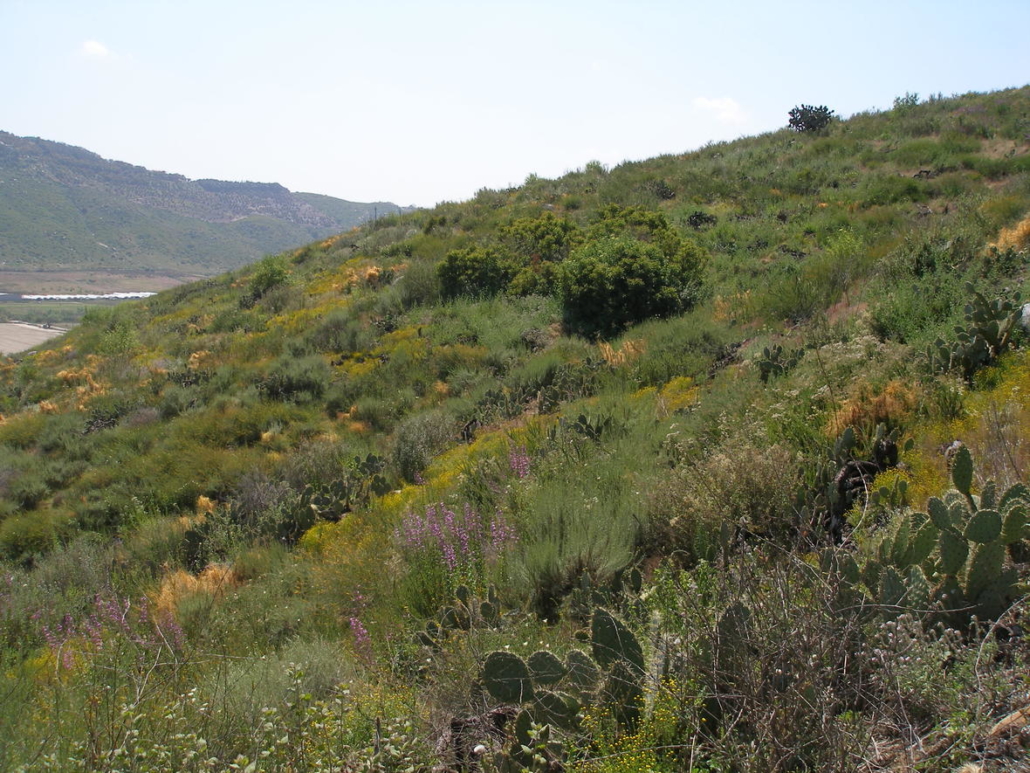Setting Your Landscaping Objectives for Success
When you’ve taken the time to learn about the concepts behind the watershed approach to creating a healthy and sustainable landscape, you should step back and consider the goals you want to achieve in your garden.
If you’re facing an ocean of grass lawn and you’ve never given much thought to landscaping goals, it might be difficult to know where to start. Here are a few ideas.
Saying goodbye to grass
Remove a thirsty lawn without using any chemicals, in a way that preserves the healthy soil microbes.
Plant local California native plants that will attract birds, butterflies, and bees for pollination.
Create a child or pet friendly garden without thorns or sticky grass seed heads.
Plant fruit trees, edible vines and shrubs, or vegetable gardens.
Using water efficiently
Build healthy living soil that will act like a sponge, even if it rains a lot.
Capture all the rainwater from the roof and re-routing downspouts to fill rain barrels instead of running onto hardscaping.
Convert spray irrigation to micro or drip irrigation, with the intention of turning it off after establishing low-water use landscaping.
Make pathways and driveways more permeable.
Create a garden as a personal art gallery
Make room for a small patio with room for an outdoor table or seating.
Add pathways, Zen gardens, and interesting materials and patterns.
Integrate beautiful objects such as an art piece, interesting container collection, or items like sundials.
One goal we can all support: creating a beautiful sustainable landscape that reduces your water use by 70 percent or more.
This article was inspired by the 71-page Sustainable Landscapes Program guidebook available at SustainableLandscapesSD.org. The Water Authority and its partners also offer other great resources for landscaping upgrades, including free WaterSmart classes at WaterSmartSD.org.

 Planting native California plants that will attract birds, butterflies, and bees for pollination is a great way to make a beautiful and sustainable garden. Photo: Iva Castro/Pixabay
Planting native California plants that will attract birds, butterflies, and bees for pollination is a great way to make a beautiful and sustainable garden. Photo: Iva Castro/Pixabay




